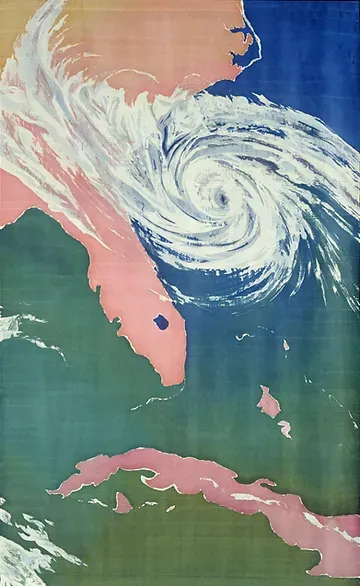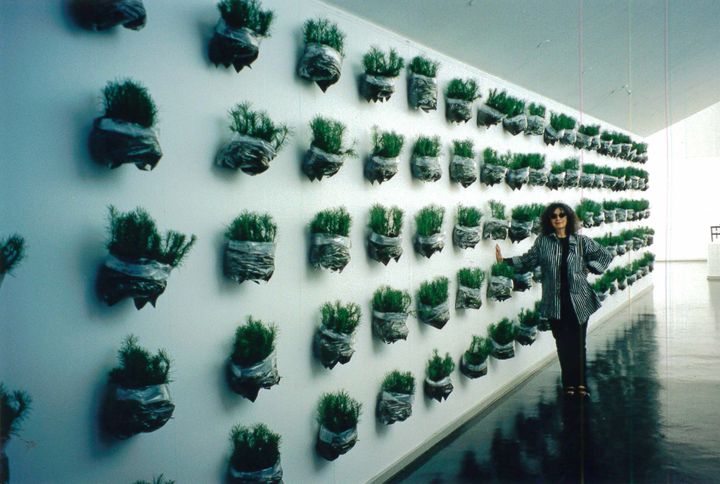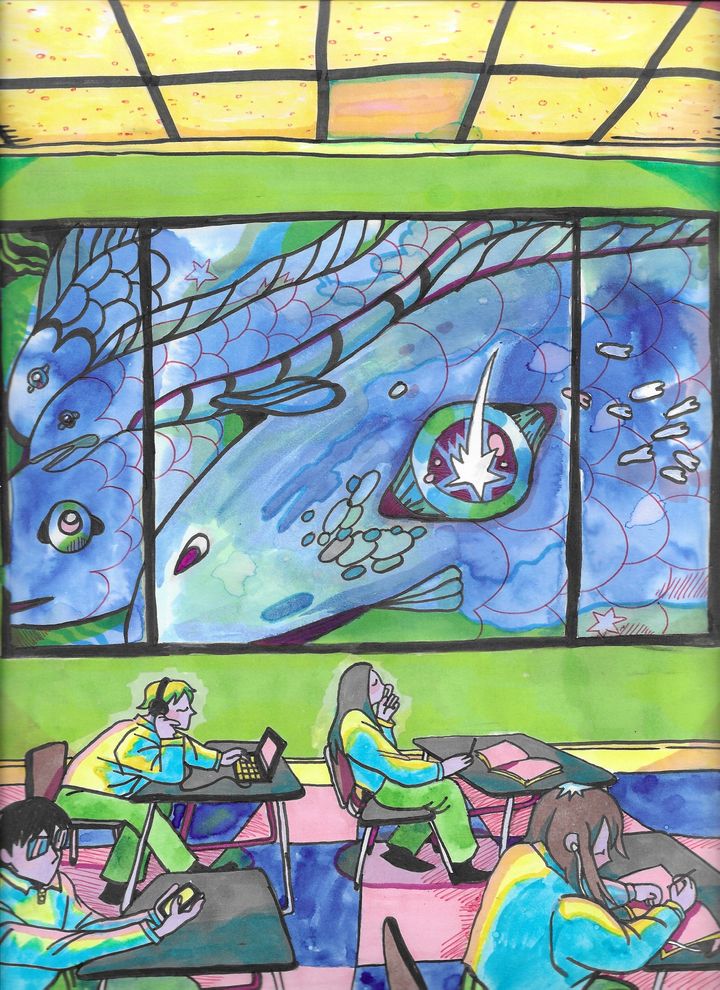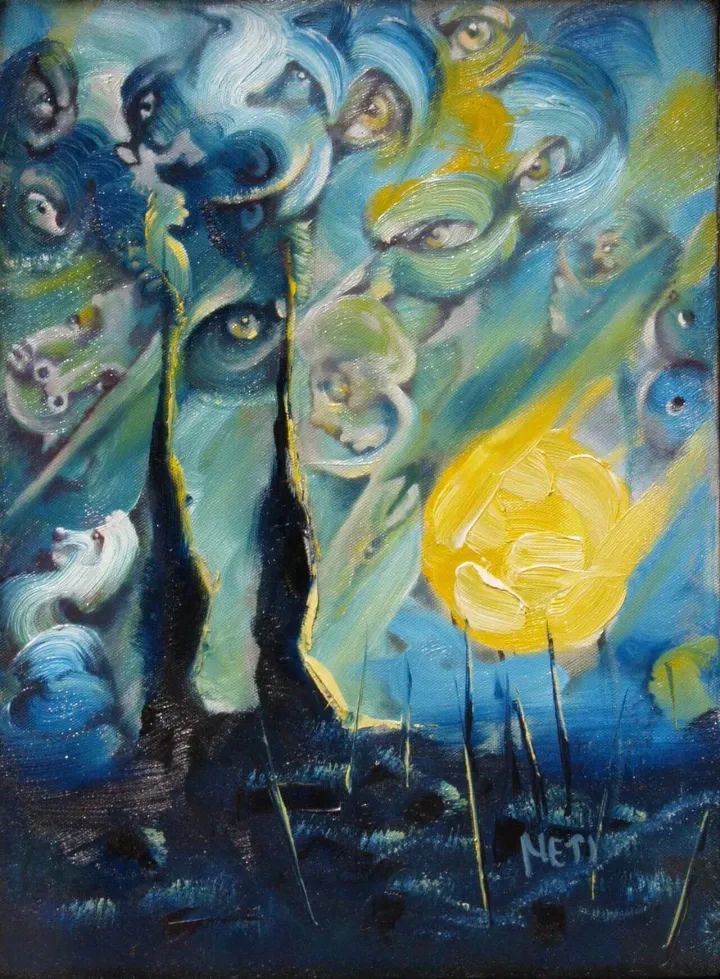Mary Edna Fraser: Light & Shadow
Mary Edna Fraser is a longtime activist, and her work has been woven into the favric of Charleston's environmental movement.

by Belvin Olasov
Mary Edna Fraser has a way of holding court. With her lighthouse-bright blue eyes trained on you, sitting by the James Island Creek that she’s spent nearly a decade defending from pollutants and development, you see the same confident, luminous quality that pervades her work.
“All of my pieces are visual prayer flags,” she said. “Every piece, I have a cause or a human being that I am praying for the whole time I’m working.”
Fraser is a longtime activist, and her work has been woven into the fabric of Charleston’s environmental movement. During Enough Pie’s Awakening V: King Tide event, her 100 foot banner calling for action on sea level rise hung from Joseph Floyd Manor. She’s collaborated with Coastal Conservation League, Charleston Waterkeeper, and the SC Environmental Law Project on various projects, like her recent Dewees Island Conservancy exhibition. At the first CCC event, the Climate Crisis Moment rally, every speaker was flanked by two of her red-orange marsh batiks – including Fraser herself, who led the crowd in singing protest folk songs.
“Artists have always been the megaphones of bad news,” she said. “Creative people have always said the hard things before the politicians talk about it… You have to knock them upside the head a bit before they’ll address reality.”
Fraser has had an extensive and productive partnership with geologist Orrin Pilkey, helping communicate climate science through traveling exhibitions “Our Expanding Oceans” and “Shifting East Coast Barrier Islands,” as well as their 2011 book, “Global Climate Change: A Primer.” He brings a deep well of scientific knowledge, and she works to make sure the message lands through her art.
“How many times can you say things? And you feel like sometimes you’re getting a dead ear and dead eye?” she said. “People are just fed up with the message, so you have to find a new way to put it in a new telescope hole, you know, so that it hits right at the heart.”
The two came together during Fraser’s first foray into combining art and activism. When she became the first woman to have an exhibit at the Smithsonian Air and Space Museum in 1994, she realized she had one of the biggest museum audiences in the world. She decided to bring quotes from Pilkey’s “The Beaches Are Moving” into the show, to have a conversation about coastlines and improper development and have her art “do more than be pretty.”
Fraser feels the beauty of her work does help attain her activist goals. That’s part of her advice for artists who want to help make a difference – to find what they’re passionate about, what moves them the most, and then once they hit on something like a lightning rod, to say it loud and with style and appeal. “Can’t be a blues singer. Can’t whine,” she said. “You gotta do some rock and roll.”
“If you can engage somebody to look at a beautiful picture, and then read the horror of the reality that location is facing, then you can cause an emotional stir which will result in support for your cause.”
Horror at the climate crisis, and at the way we’re run by money, capitalism and greed, has driven Fraser to create pieces like Inferno and stay involved with groups like CCC. But she ultimately believes that “mankind has the ability to deal with climate change in creative and intelligent ways,” and has a lot of hope for the future of wind and solar and the end of Big Oil.
In the meantime, she plans to continue in her role as cheerleader for local environmental changemakers. And her work – inspired by Impressionism and Japanese Edo period art, of marshes and forests and mountains, space and constellations, large in scale and yet broken down to its essence – will continue to flow.


